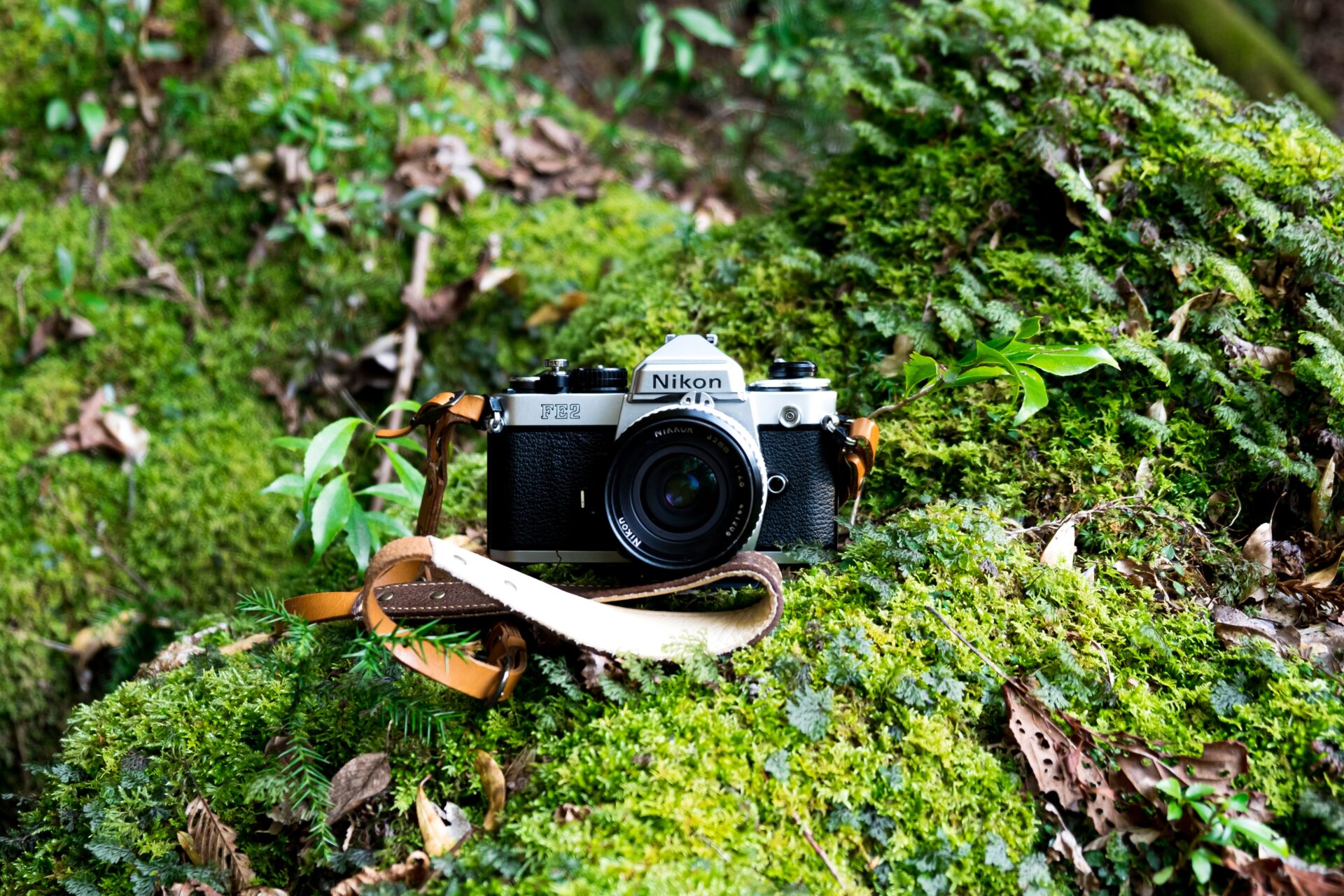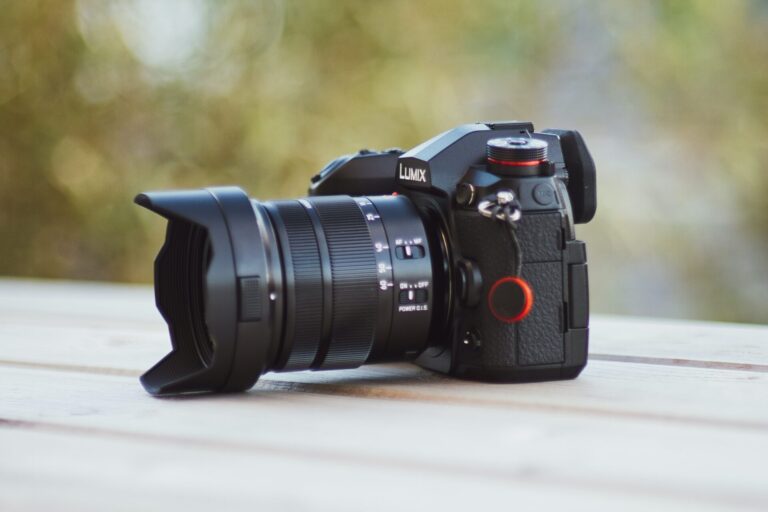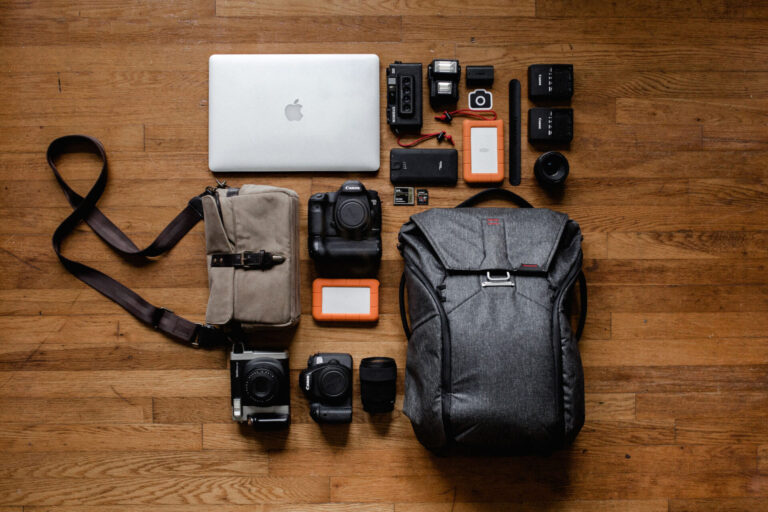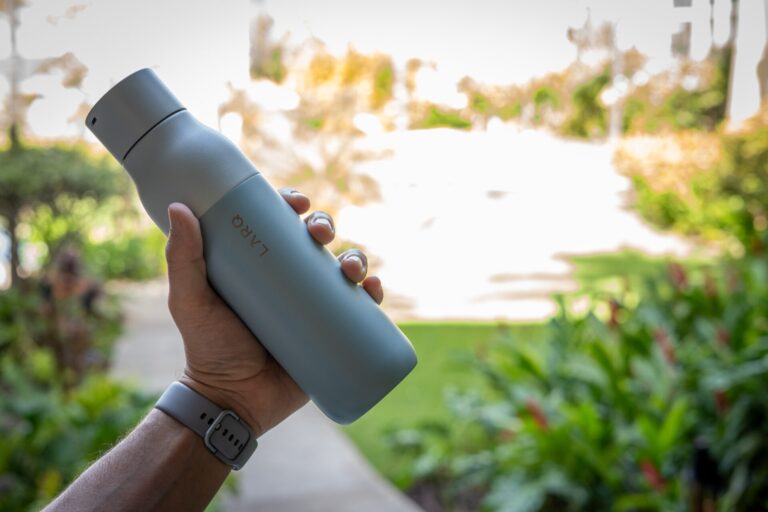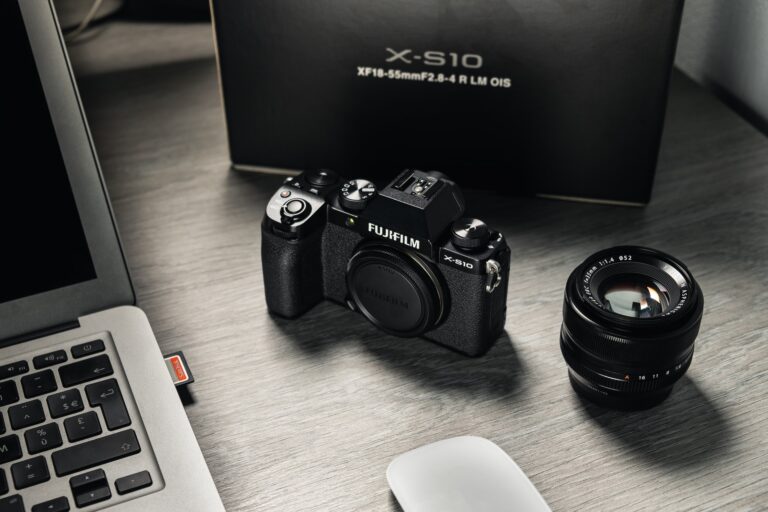The Legacy of the Nikon FE2: A Look Back at an Iconic Camera
Since its introduction in 1983, the Nikon FE2 has become a legend in the world of film photography. This rugged and versatile camera has won the hearts of many photographers with its reliability, exceptional image quality, and advanced features. Even though digital cameras have become the norm, the Nikon FE2 remains a favorite among film enthusiasts and professionals alike, who appreciate its unique qualities and the distinctive look of film photography.
In this article, we will look closer at the legacy of the Nikon FE2, exploring its history, features, and enduring appeal. Join us for a journey through the world of analog photography and the enduring legacy of this iconic camera.
Page Contents
Exploring the Capabilities of the Nikon FE2
The Nikon FE2 is a classic 35mm film SLR camera introduced by Nikon in 1983 as an upgrade to their popular Nikon FE camera. The FE2 was designed to be a versatile and reliable camera that could handle various photographic situations, from casual snapshots to professional assignments.
One of the key features of the FE2 is its electronically-controlled shutter, which offers a wide range of shutter speeds from 1/4000th of a second to 8 seconds, as well as a Bulb mode for long exposures. The camera also has a built-in light meter that uses Nikon’s renowned Matrix metering system, which measures light across the entire frame to provide accurate exposure readings.
Other notable features of the FE2 include a durable, all-metal body that is both compact and lightweight, a bright viewfinder with a clear and easy-to-read information display, and a wide range of interchangeable lenses and accessories that make it a versatile tool for photographers of all levels.
Is the Nikon FE2 still in production?
No, the Nikon FE2 is no longer in production.
Nikon discontinued it in 1987, along with many other film SLR cameras, as digital photography began to gain popularity. However, the FE2 is still a highly sought-after camera among film photography enthusiasts and can often be found in the used market. It remains a popular choice for those who prefer the look and feel of film photography, and its sturdy construction and reliable performance have helped it to maintain its value over the years.
Why is the Nikon fe2 so legendary?
The Nikon FE2 is a highly-regarded camera among film enthusiasts and professionals, known for its reliability, versatility, and excellent image quality. The Nikon FE2 is considered a legendary camera for several reasons:
- Build Quality: The Nikon FE2 was built to last, with a durable, all-metal body that can withstand heavy use and rough conditions. Its mechanical shutter is also known for its reliability and accuracy, making it a popular choice among professionals and enthusiasts.
- Electronic Control: The FE2 was one of the first cameras to feature electronic control of the shutter and exposure, which allowed for greater precision and versatility in shooting. The camera’s Matrix metering system was also highly advanced for its time, providing accurate exposure readings across the entire frame.
- Versatility: The FE2 was designed to be a versatile camera that could handle various photographic situations, from casual snapshots to professional assignments. It has a wide range of shutter speeds, a Bulb mode for long exposures, and a bright viewfinder with a clear, easy-to-read information display.
- Interchangeable Lenses: The Nikon FE2 is compatible with a wide range of high-quality Nikkor lenses, allowing photographers to choose the perfect lens for any situation.
- Legacy: The Nikon FE2 is part of a long line of legendary Nikon cameras, including the Nikon F and the Nikon FM. Its reputation as a reliable and versatile camera has helped it maintain its value over the years. It continues to be a popular choice among film photography enthusiasts today.
Nikon FE2, an analog 35mm film camera
The Nikon FE2 requires 35mm film to capture images. 35mm film is a standard film format that has been widely used in photography for many decades. The Nikon FE2 is compatible with all types of 35mm film, including black and white, color negative, and slide films.
The final appearance of an image can be heavily influenced by the type of film used, as each film produces unique levels of contrast, saturation, and grain. To achieve the desired look and optimize results in various shooting conditions, it is crucial to carefully select the appropriate film type.
Moreover, to avoid any potential mishaps, it’s important to ensure that the film is loaded correctly and that the camera is configured to the correct ISO rating for the specific film being used.
Developing analog 35mm film has become increasingly challenging in recent years due to the decline of traditional photography labs and the prevalence of digital photography. However, there are alternative methods for photographers to digitize their analog films.
In our guides on how to scan film with a digital DSLR camera and how to convert analog film to a digital picture, we provide step-by-step instructions for photographers to achieve high-quality digital files of their film negatives or slides. Photographers can create digital versions of their film images without developing them by using equipment such as a digital camera and a light source. These guides offer accessible and cost-effective solutions for photographers who wish to digitize their analog images while preserving their unique characteristics.
What lens mount does the Nikon FE2 use?
The Nikon FE2 uses the Nikon F-mount, which has been used since 1959 and is still used in modern Nikon DSLR and mirrorless cameras. This means that modern-day Nikon lenses with an F-mount can be used on the Nikon FE2. However, some features like autofocus and vibration reduction may not work as they depend on the camera body’s electronics. However, all manual focus Nikon F-mount lenses will work on the FE2, and many photographers still use the FE2 with modern lenses in manual focus mode.
Additionally, there are third-party lens adapters available that can allow the use of lenses from other camera systems, but it’s important to note that compatibility and performance may vary.
What was the price when it was first sold?
The Nikon FE2 was initially sold for around $370 USD when it was first introduced in 1983.
As for the current secondary market, prices vary depending on the condition, availability, and demand. Generally, the prices can range from around $150 USD to $500 USD or more, depending on whether the camera is in good working condition, comes with accessories, and other factors.
What camera’s are similar to the Nikon FE2?
- Canon AE-1 (1976): The Canon AE-1 is a classic 35mm film SLR camera similar to the Nikon FE2 in terms of popularity and iconic status. It features a fully automatic exposure mode, but also allows for manual control. The AE-1 was also notable for its use of electronics, which made it more user-friendly and reliable than earlier manual SLR cameras.
- Olympus OM-2 (1975): The Olympus OM-2 is another classic 35mm film SLR camera similar to the Nikon FE2 in size and performance. It features a compact, lightweight body and advanced electronics, including an automatic exposure mode and a multi-spot metering system. The OM-2 also had a wide range of interchangeable lenses and accessories.
- Pentax K1000 (1976): The Pentax K1000 is a manual-focus 35mm film SLR camera similar to the Nikon FE2 in terms of durability and simplicity. It has a sturdy, all-metal body and a basic, easy-to-use design, making it a popular choice for beginners and enthusiasts. The K1000 was also notable for its compatibility with a wide range of Pentax K-mount lenses.
- Minolta X-700 (1981): The Minolta X-700 is a classic 35mm film SLR camera similar to the Nikon FE2 in terms of features and performance. It features an advanced, computer-controlled exposure system and a bright viewfinder with various information displays. The X-700 also had a wide range of interchangeable lenses and accessories, making it a versatile tool for photographers of all levels.

